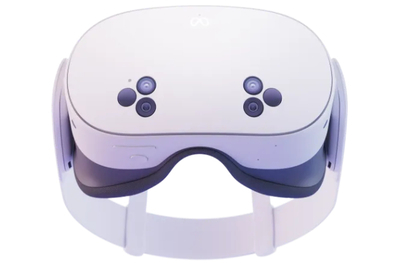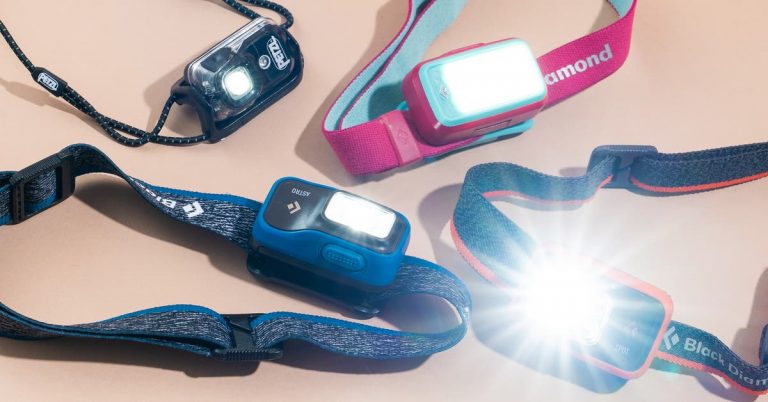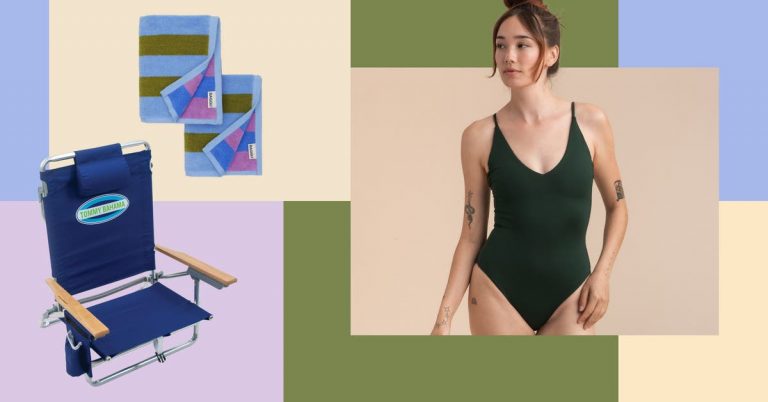The 3 Best VR Headsets for 2025

Top pick
The Meta Quest 3S makes VR easier—and fun enough to be worth it—compared with headsets that require cables and expensive PCs. At $300, it’s also a bargain, yet it still supports all of the best games and experiences you can find in VR. Its visuals aren’t as good as those of our upgrade pick, the Quest 3, but it’s otherwise nearly identical. For most people, this headset will be a good-enough entry point into the world of VR.
The Quest 3S has two capable controllers and is compatible with our favorite games. It’s also small enough to toss into a tote bag or a backpack, so you can break it out at the office or a party. You can set it up and start playing in less than a minute; thanks to built-in sensors that track the two Touch Plus controllers and your other movements, you can navigate an entire room, and the headset won’t ever lose your location. As a result, we consistently reach for it over headsets that cost two or even five times as much.
It’s cordless, which makes it easy to use. Sensors for tracking your head and hands are built into the headset and controllers, which means you can walk around the entirety of a room and your virtual body will do the same. Although a PC headset with more-precise tracking, such as the Valve Index or the HTC Vive Pro 2, can better replicate your movement and avoid reality-breaking glitches, like your hands floating away, we found the Quest 3S convincing enough to cross that initial threshold into “realness.” The ability to play without a cord also means you aren’t pulled out of a game when you inevitably trip on the cable tethering you to a PC.
You can wirelessly connect a Quest headset to your PC to play Steam games with Steam Link or Air Link. However, games look and play better with a Meta Quest Link cable.
It has all the games we love to play. We particularly enjoy the addictive Beat Saber, which on its own could be justification to buy the Quest 3. We also like the escape-room-style I Expect You to Die trilogy, the relaxing Walkabout Mini Golf, the battle royale–style Population: One, and the adventure-puzzle game Moss: Book II. If you have a PC, you can play the critically acclaimed first-person shooter Half-Life: Alyx. You can also play Xbox games like Halo Infinite on a virtual screen with Xbox Cloud Gaming.
It’s easy to set up boundaries. When you’re immersed in a virtual world, it’s easy to forget about walls, tables, and other obstacles. Like the PlayStation VR2, the Quest 3S scans the room and builds virtual fences into your play space so you don’t accidentally punch the TV or run into the couch. Other headsets require you to draw these boundaries yourself.
It’s the easiest route into mixed reality. Mixed reality, which lays the virtual world over the real world, still feels like a gimmick. But the Quest 3S’s ability to map games onto the room around us worked well; when we played First Encounters, a virtual spaceship landed on my dining table. Then cracks appeared on the windows and aliens poured into the room, challenging me to race around the room shooting them with my virtual ray gun. It’s also a nice way to be able to still interact with the real world from inside the headset (no more stepping on the cat or worrying about falling through the window!).
Its lenses are a downgrade from those of the Quest 3. The Quest 3S is equipped with fresnel lenses, which are generally found in older styles of VR headsets. If you look closely, you might notice more blurring at the outer edges of your field of view. Images appear less sharp, with a halolike effect that’s especially noticeable on white text. The Quest 3 has pancake lenses, which show a crisper, more accurate view of the screen.
The Quest 3S’s LCD screen is good enough. It has 1832×1920 pixels per eye, compared with the Quest 3’s 2064×2208 pixels per eye. The Quest 3’s screen is noticeably sharper, but in resolution both Quest headsets lag behind the HTC Vive Pro 2 and Apple Vision Pro. The Quest 3S also has a 96-degree field of view, while the Quest 3 has a 110-degree field of view. The Quest 3 and 3S both have a maximum refresh rate (think of this as the VR way of saying “frames per second”) of 120 Hz, matching the Vive Pro 2. Higher refresh rates are generally believed to reduce motion sickness while you’re using a VR headset. Overall, looking at the Quest 3S’s screen is comfortable, but if you were to compare it directly with the Quest 3, you’d miss that headset’s higher resolution and wider field of view.
It’s heavy but still comfortable. At a claimed 513 grams (1.1 pound), the Quest 3S is 2 grams lighter than the Quest 3. It’s a hair heavier than we prefer our VR headsets to be (the experience is like hanging a half-liter bottle of water from your face). But due to cushy foam padding that rests on the face and adjustable straps that reach around to the back of the head, we found that the Quest 3S is fairly comfortable to wear for hour-long play sessions, though we had to fiddle with the fit to get it to sit correctly. If you care enough to want to change it, you have to shell out $50 extra for the halo-style Elite Strap.

Its Touch Plus controllers rank among the best. The two controllers are molded to sit in your hand, with your pointer fingers resting on triggers and your middle fingers resting on “grip” buttons. Your thumbs can reach a small joystick, plus A, B, and home buttons. Sensors built into the headset track the location of the controllers, so moving your hands physically moves them in VR. The Quest 3S’s controllers are intuitive to use and easy to hold for long periods.
Its audio is good enough for immersive VR. The Quest 3S has built-in speakers that direct 3D sound toward your ears. We like the open-ear setup in a social setting, where the speakers can clue onlookers in on what the person wearing the headset is seeing, but audiophiles are likely to want to use their own headphones; the Quest 3 has a 3.5 mm headphone jack, while the Quest 3S does not.
The battery life is just okay. Meta says that the Quest 3S’s battery lasts 2.5 hours, slightly longer than the Quest 3’s 2.3 hours. Many people can’t comfortably play VR for more than two hours anyway, but we did find ourselves draining the battery regularly, and playing with the headset plugged in annoyed us. If you’re upgrading to the Elite Strap, we recommend the version that tacks on up to two hours of additional battery life.
Flaws but not dealbreakers
No one has gotten the strap quite right on a VR headset. I have yet to use a strap that doesn’t slide around or bunch up my hair. The Quest 3S’s strap lacks padding and doesn’t distribute weight on the back of the head as well as a halo-style strap, and we think many people will choose to upgrade to the Elite Strap. However, the Elite Strap is uncomfortable to wear with your hair up, whereas the included strap comfortably wraps around a high ponytail.
The Touch controllers have a flaw. While they are the most comfortable controllers to hold and use, they lost sight of our hands more often than headsets with exterior sensors that you place around the room to track the location of your body and hands. The Quest 3S is built with inside-out tracking, which means the headset uses cameras to track lights that the controllers emit. Throw your hands behind your back, and you might find that your virtual hands no longer respond when you move the controllers.







